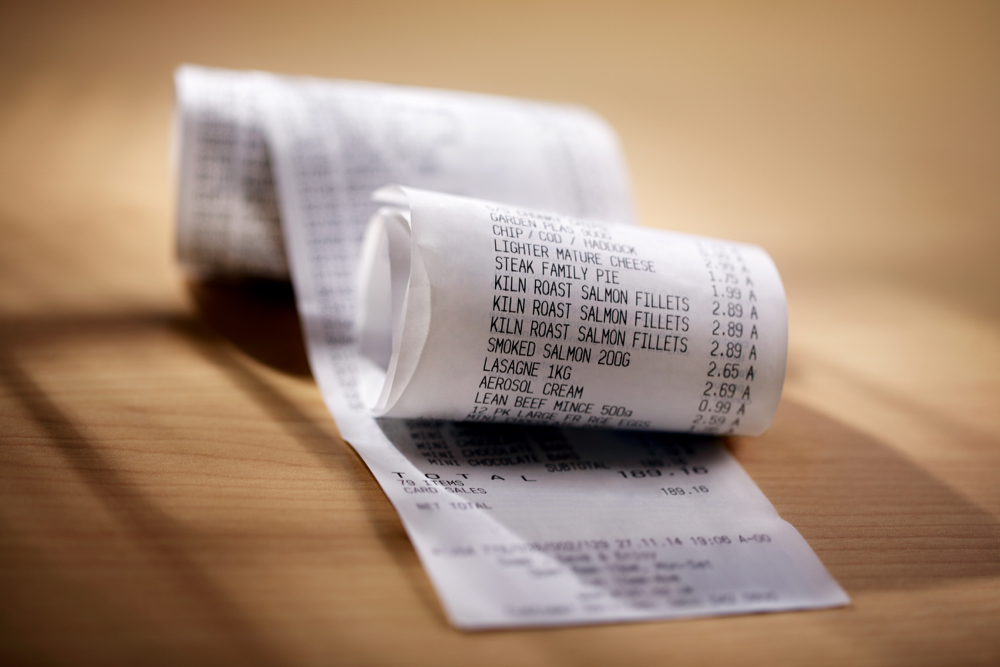Editorial: Food Freedom Day needs a rethink

The Canadian Federation of Agriculture (CFA) recognized its annual ‘Food Freedom Day’ on February 9, the day the organization says a Canadian household of average income will have earned enough to pay for their entire year’s grocery bill.
Read Also

Three Ontario farmers honoured by Sollio Agriculture
Three Ontario farmers were recognized by Sollio Agriculture at its Next Generation Award gala last week. MacKinnon Brothers Brewing Company…
Surprisingly, it fell on the exact same day it did last year.
This was rather puzzling to me because like other Canadian consumers, my grocery bills have risen significantly over the last few years and seem to keep rising, something I grumble about after each store trip.
The CFA explained in a release that each year, it examines the proportion of income that Canadians spend on food “to explore year-over-year expenditure changes and raise consumers’ understanding of Canada’s food system, from farm-gate-to-plate.”
The organization said Food Freedom Day fell on the same day as 2023 because the change in the amount of disposable income Canadians spent on food between 2023 and 2022 was “slight”.
According to its calculations, Canadians spent 11.1 per cent of disposable income on food in 2023, compared to 11 per cent in 2022.
The CFA realized it needed to explain this “slight” increase and provide some context on the Food Freedom Day metric, as food prices have seen “multiple years of significant inflation” and the “average Canadian disposable income is not representative of every Canadian’s experience or the effects that rising food prices have on them.”
It notes that by global standards, “Canada’s food system continues to provide access to affordable food” and that “inflation and other global events have negatively impacted food affordability and security greatly over the past few years.”
The CFA wisely states that it continues to analyze Food Freedom Day “with an eye to the differential impacts food prices have on Canadian households based on household income levels to show percentage of disposable income” that they spend on food in the past year.
I’ve worked in agricultural media for a long time now, as long or nearly as long as Food Freedom Day has existed. It’s only in the last two years that the annual CFA Food Freedom Day press release has dived into greater detail on household spending, and the forces affecting food affordability and farmer profitability. It used to be a lighter, let’s-celebrate-agriculture-and- how-Canada-produces-plentiful-food-type of release.
While the latter is still certainly true, we are now in a battle with food inflation not seen for decades. And households with the lowest incomes are the hardest hit.
In a graph included with its release, the CFA breaks down Canadian households based on income into five groups, or ‘quintiles’.
In 2023, those in the lowest quintile spent 28 per cent of disposable income on food and beverages, an increase of 4.9 per cent over 2022. The highest income quintile spent only five per cent of their disposable income on food, a drop of 0.2 per cent from 2022.
It’s no wonder many food banks across the country have said 2023 had the greatest demand they’ve experienced, and many are at crisis levels.
Farmers of course are not profiting from food inflation, as the CFA clearly outlines. “Farmers have seen their costs of production increase tremendously over the past several years, with many of their largest expenses, such as fertilizer and diesel, rising nearly 100 per cent in that period,” it said, and that while Canadian have seen food prices increase steadily, farmers receive a small percentage of price consumers pay for food.
“Rising retail prices are not normally reflective of what is paid at the farm-gate.”
The CFA gives an example from a recent report from the Agricultural Producers of Saskatchewan, which showed that “if the sole driving factor behind the escalating prices of bread were the increasing costs associated with wheat, the inflation rate for 2022 would have registered at two per cent. However, the actual observed inflation for 2022 amounted to a considerably higher 18 per cent.”
Getting the message across to consumers that farmers aren’t profiting from food inflation should be an important focus for many agricultural organizations this year.
I also think the idea of food “freedom” may need a rethink.
If you were someone who had to pay nearly 30 per cent of your household income on food to survive and feed your family, how “free” would you really be?
Source: Farmtario.com

